
What are the differences between UL vs CE Listing?
UL and CE Listings differ significantly in several aspects. UL certification, provided by Underwriters Laboratories, focuses on the safety performance of products and materials, primarily for the US and Canadian markets, emphasizing product safety. In contrast, CE Listing is the European Union's safety complian CE Listing, applicable to the European market, ensuring that products meet European safety and health regulations. They differ in application scope, standards, and certifying bodies.
Detailed Segment Introduction of These Two Certifications:
Certification Bodies and Background
1. UL Listing: UL Listing is created by Underwriters Laboratories (UL), a globally renowned testing, certification, and standard development organization established in 1894. UL has issued nearly 1800 safety, quality, and sustainability standards, with over 70% being American National Standards. UL is also a developer of Canadian National Standards.
2. CE Listing: CE Listing is conducted by certification bodies recognized by the European Union. The CE mark signifies safety compliance and is consideRED a passport for manufacturers to access the European market. CE stands for Conformité Européenne (European Conformity) and is a mandatory certification mark in the European market.
Scope and Purpose of Certification
1. UL certification: UL certification is mainly for products sold in the US and Canadian markets. It ensures product quality, safety, reliability, and environmental friendliness and promotes the development of related standards to facilitate smooth global trade.
2. CE Listing: CE Listing targets products or services for the European market. It aims to ensure that products or services comply with European safety and health regulations, thereby protecting public safety and health. Through CE Listing, manufacturers demonstrate that their products meet relevant EU regulations and standards, allowing free circulation in the European market.
Testing Standards and Requirements
1. UL Certification: UL certification is based on UL standards issued by Underwriters Laboratories. Manufacturers must provide detailed product information and test data to ensure compliance with UL standards and relevant US and Canadian safety standards. These standards typically cover electrical safety, mechanical safety, and fire performance, among other aspects.
2. CE Listing: CE Listing focuses on whether products meet relevant EU regulations and standards, such as the Machinery Directive, low voltage directive, and Electromagnetic Compatibility Directive. Manufacturers must conduct safety and compliance assessments and laboratory tests to ensure products meet these requirements. These regulations and standards aim to protect consumers from potential risks and ensure product quality and safety in the market.
Certification Process
1. UL Certification: The UL certification process usually includes submitting an application, providing product information, product testing, review and evaluation, and issuing a certificate. UL conducts comprehensive and rigorous tests on the products submitted by manufacturers to ensure compliance with relevant standards and requirements.
2. CE Listing: The CE Listing process is relatively complex, involving self-assessment, technical documentation preparation, selecting a notified body for testing and auditing, and affixing the CE mark. Manufacturers need to conduct a thorough self-assessment of their products and prepare corresponding technical documentation to prove compliance with relevant regulations and standards. They then need to choose an EU-recognized notified body for testing and auditing. Only after passing this rigorous process can products be granted the CE mark and sold in the European market.
Certification Marks and Significance
1. UL Certification: Products that pass UL certification will have the UL mark and file number, indicating that they have passed UL's rigorous testing and review and meet relevant standards and requirements. The UL mark is highly recognized in the market and is often an important reference for consumers when purchasing products.
2. CE Listing: The CE mark is the passport for products in the European market. Any product with the CE mark indicates that it meets EU regulations and standards and can circulate freely in the European market. For consumers, the CE mark is an important criterion for judging whether a product meets European safety standards.
In summary, UL and CE Listings differ significantly in terms of certifying bodies, scope and purpose, testing standards and requirements, certification processes, and certification marks. These differences reflect the regulatory standards, market demands, and consumer concerns in different countries and regions. Therefore, manufacturers must choose the appropriate certification method based on the specific requirements of the target market to ensure smooth market entry and consumer recognition.
Please note that certification standards and procedures may change over time. For the latest information, it is recommended to visit the official websites of UL and CE Listing bodies or contact relevant institutions for consultation. For detailed issues related to specific product certification, it is advisable to seek assistance from professional certification bodies or consult experts to ensure a smooth certification process and accurate results.
Email:hello@jjrlab.com
Write your message here and send it to us
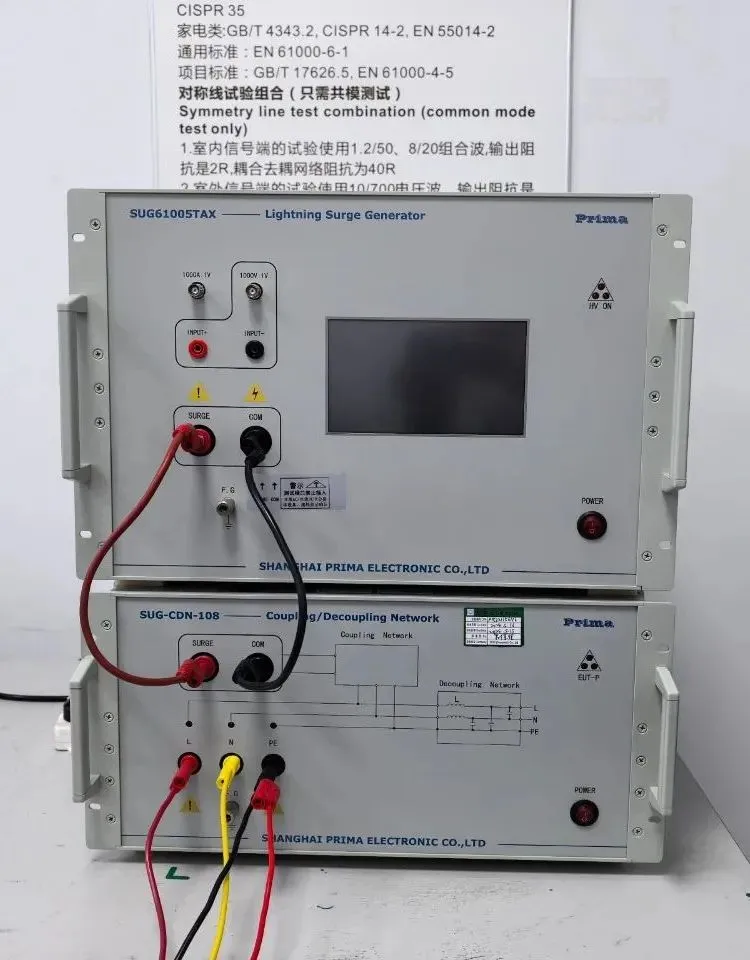 What Are the Testing Items of California Propositi
What Are the Testing Items of California Propositi
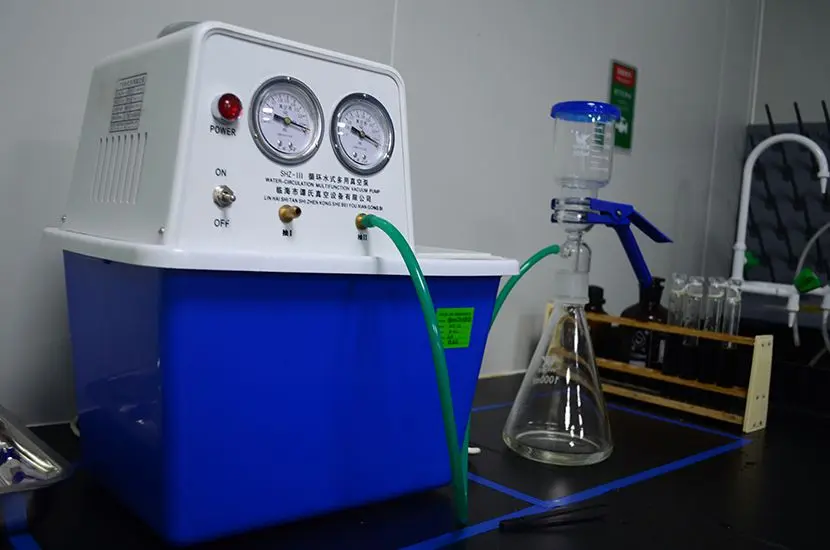 E-Cigarette EU TPD Testing
E-Cigarette EU TPD Testing
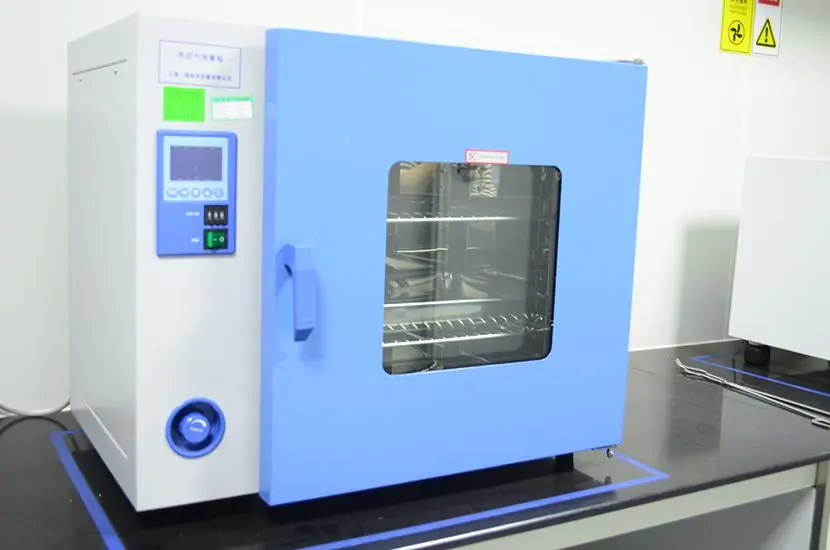 Testing Certification for E-cigarettes Exported to
Testing Certification for E-cigarettes Exported to
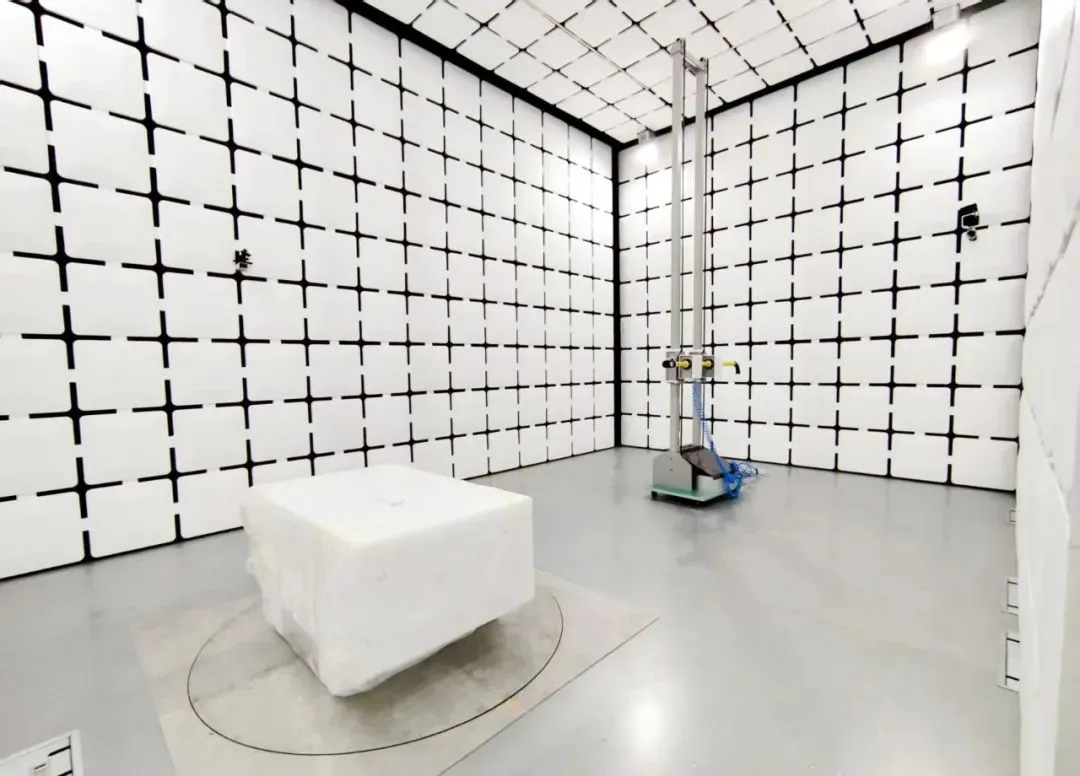 What is Amazon US CPC Certification?
What is Amazon US CPC Certification?
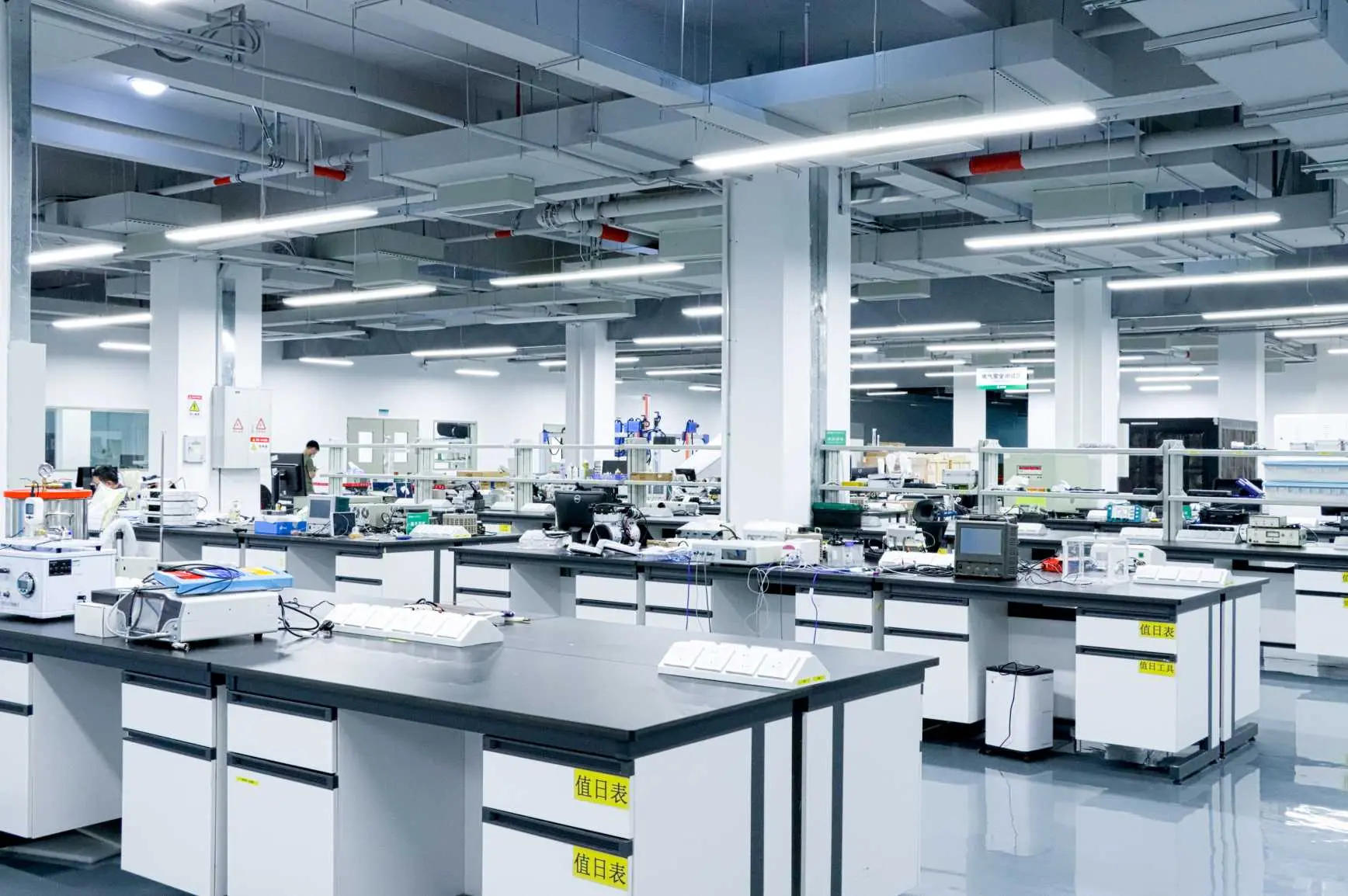 UK Toy Safety Regulation Standard EN 71-13
UK Toy Safety Regulation Standard EN 71-13
 What is EU UFI Registration?
What is EU UFI Registration?
 EU UFI Registration for E-cigarette E-liquid
EU UFI Registration for E-cigarette E-liquid
 How to get the MSDS Report for Electronic Cigarett
How to get the MSDS Report for Electronic Cigarett
Leave us a message
24-hour online customer service at any time to respond, so that you worry!




